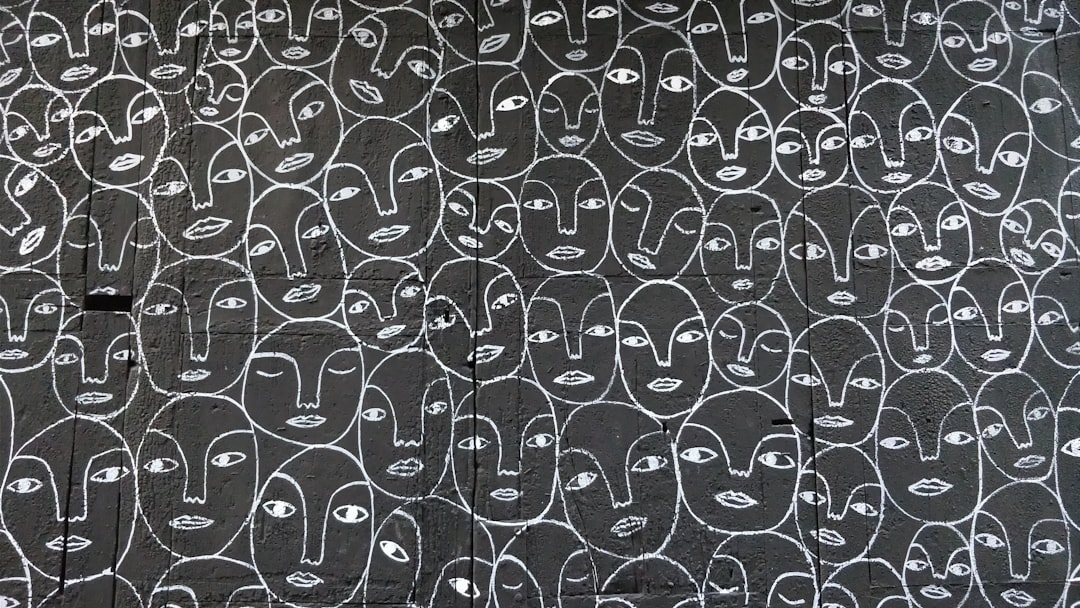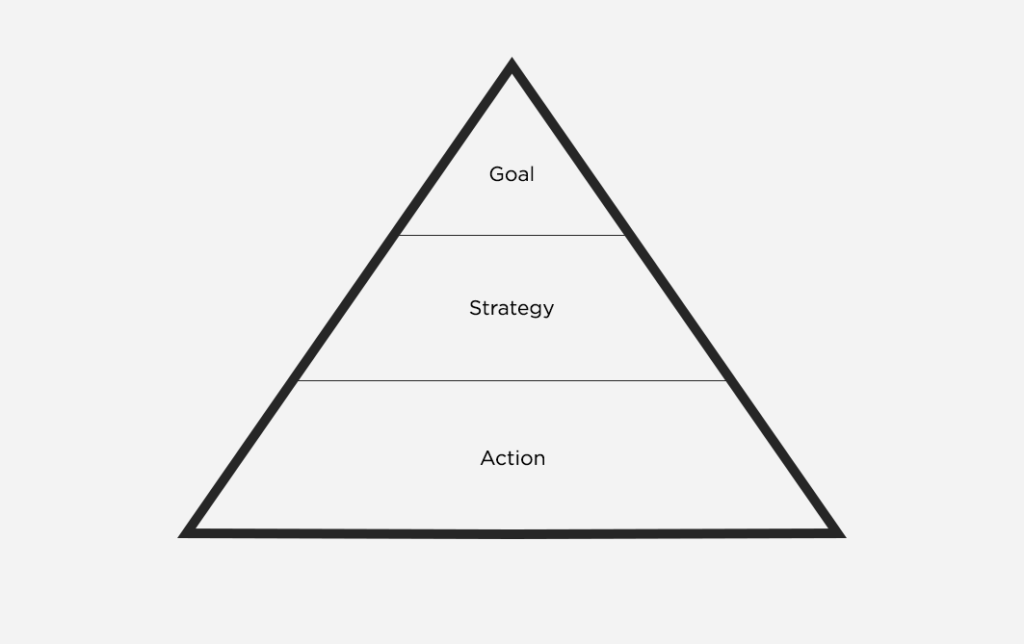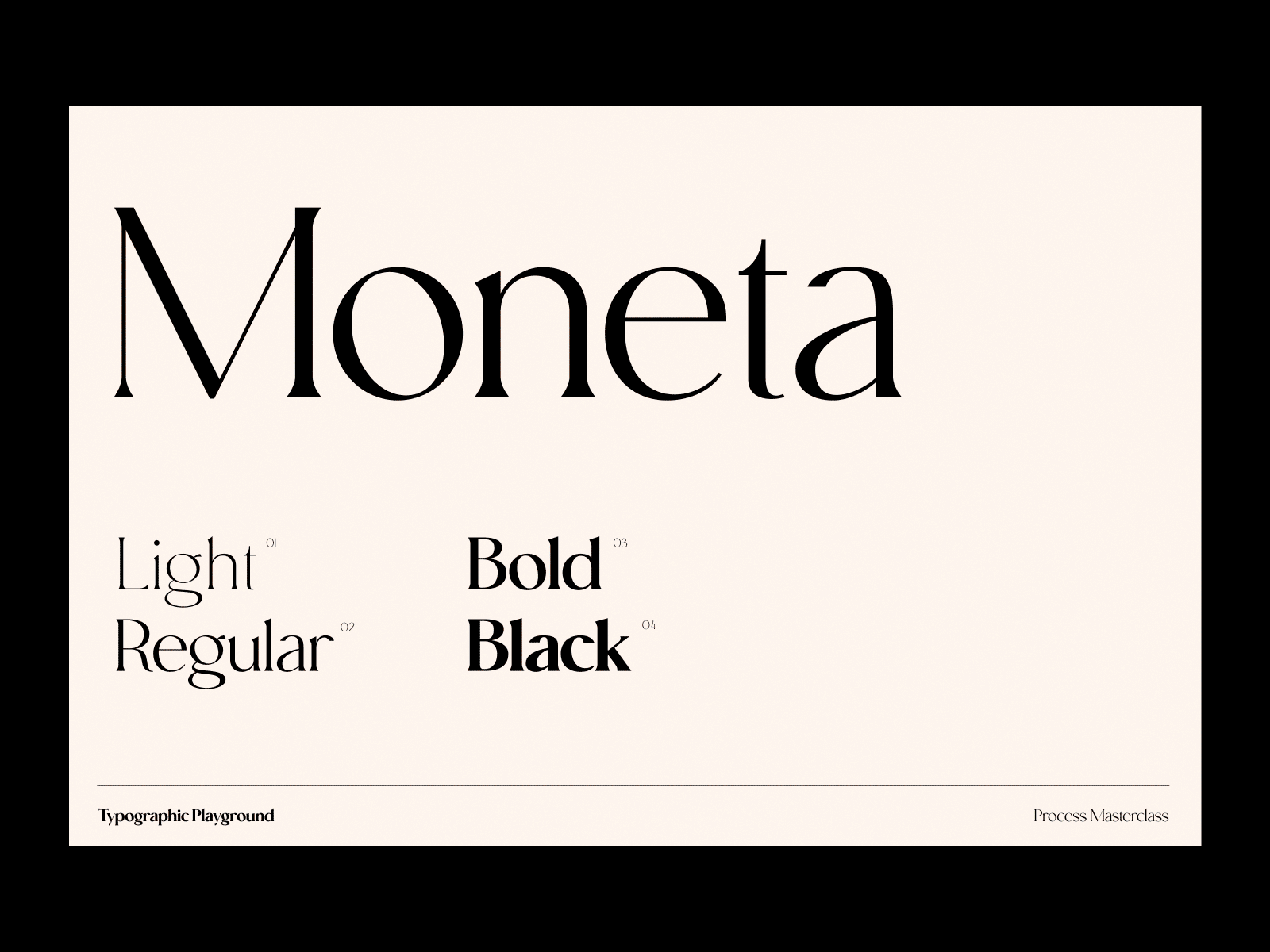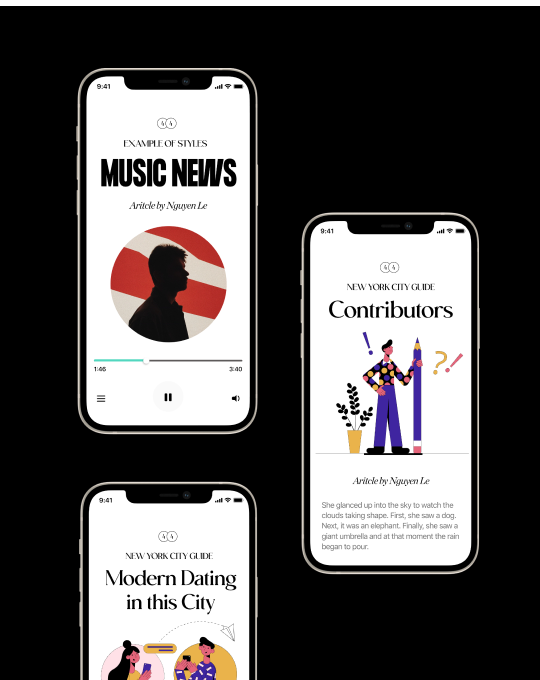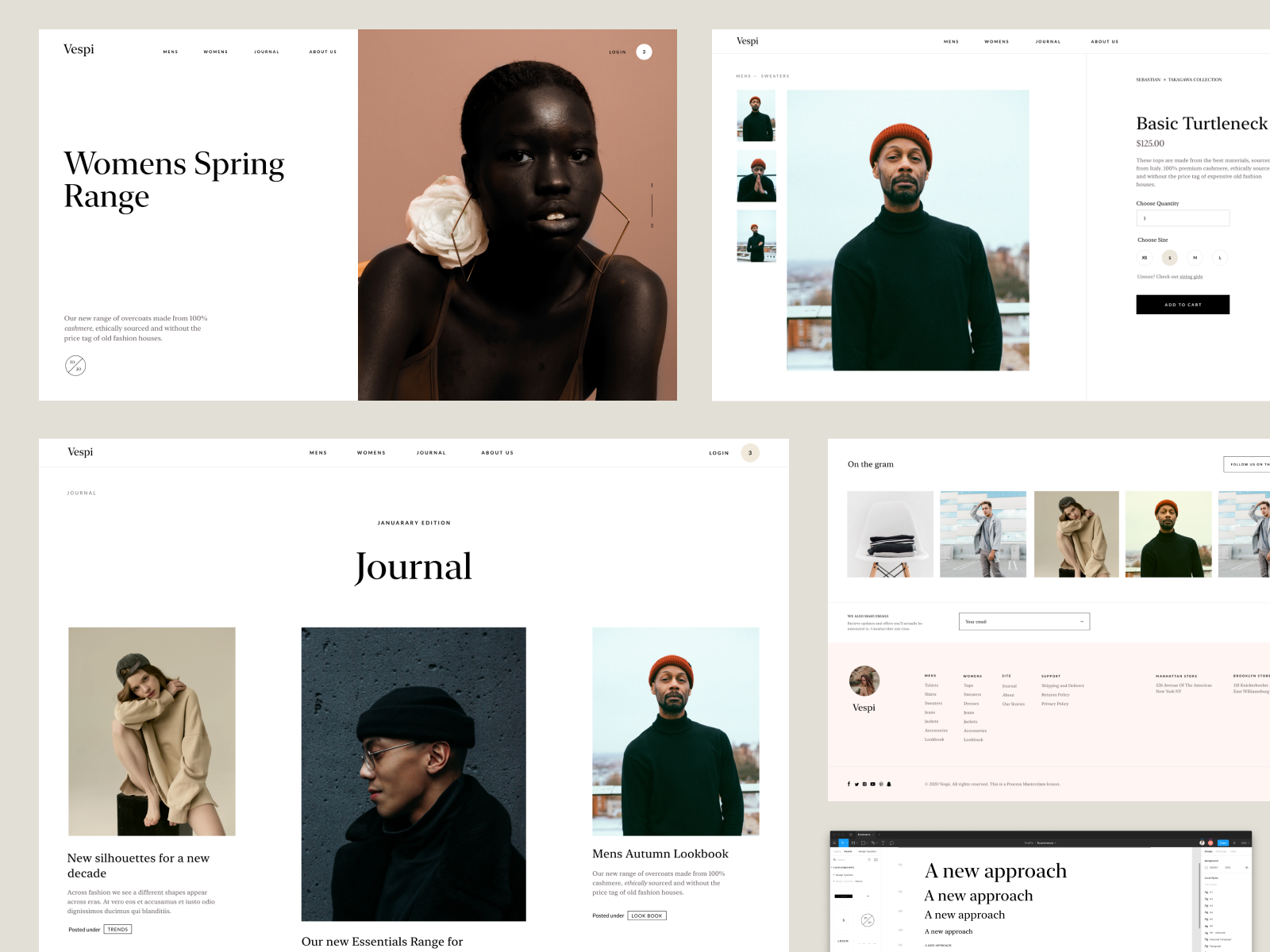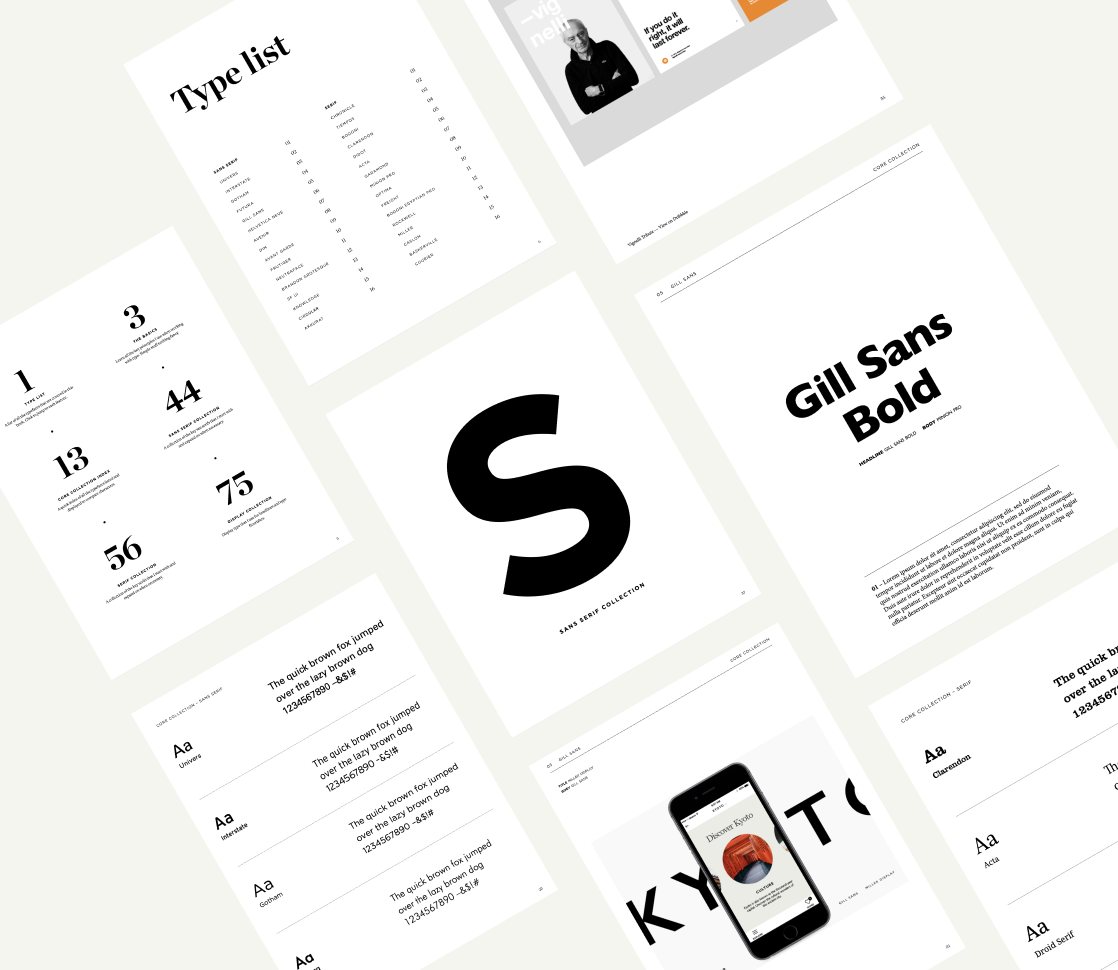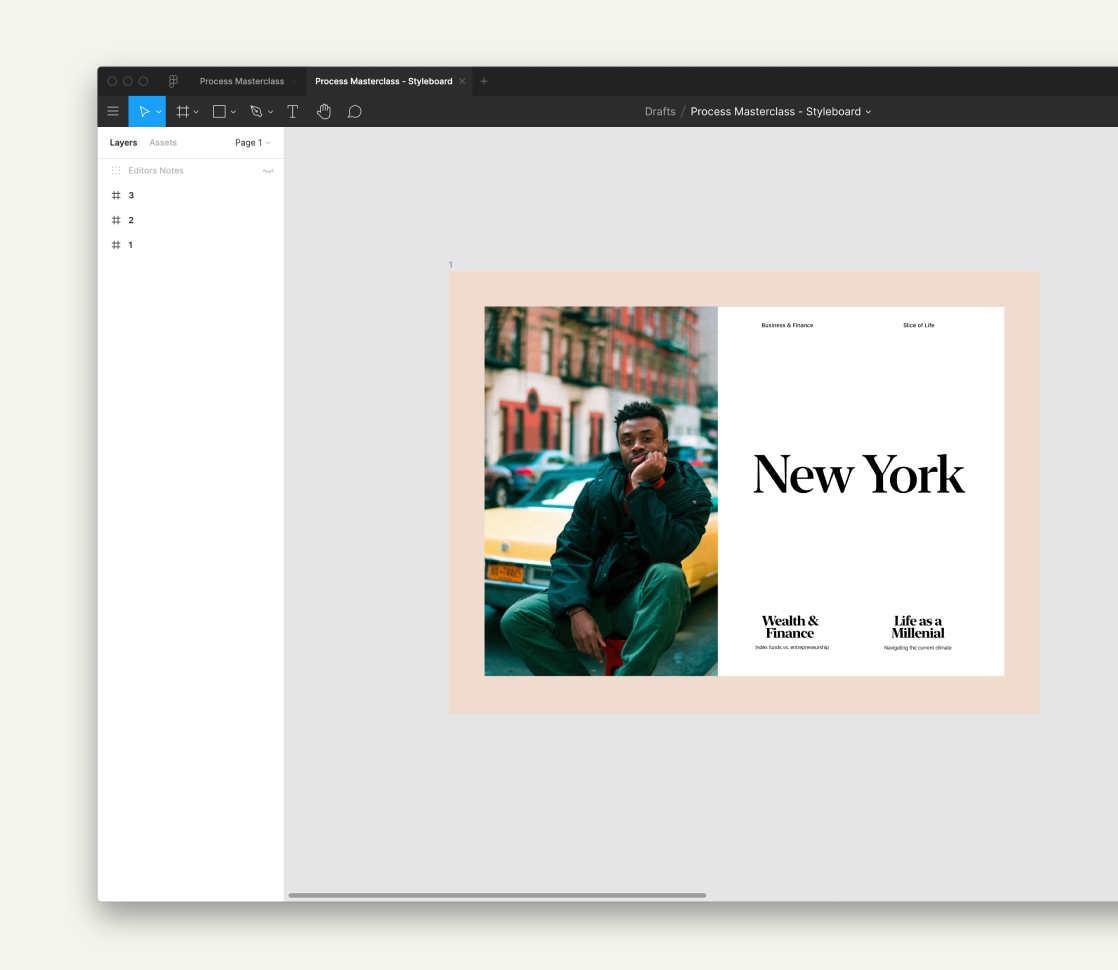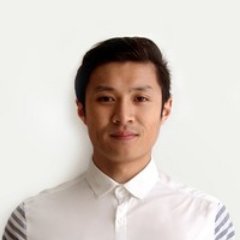

Being a practitioner vs. being a theorist. In my opinion there are 2 types of learning you can do throughout your career. One is acquiring knowledge through – books, videos, articles, school etc. – the second hand experience. And the other is through first hand experience – actual application, through trial and error, through mistakes, through learning directly from someone else(mentors), and in a live environment. I find that if you skew too hard in either direction you are limiting your potential for growth as a designer.
On this blog I can only help you with the former. I can only share stories about my experiences, my journey and my design tips. But for it to become valuable to you, for it to impact you and your career. You have to reflect upon the words, what they mean to you and actualise it with application. Don’t hoard knowledge for the sake of it. How many of us just download shit and it just stays there in our downloads graveyard? Or went to a design conference, got pumped up by the speaker then when went home and nothing really changed. You can hoard as much knowledge as you want, but you have to put the things you “know/learn” into action or to give it meaning. Information on it’s own is not useful.
It’s a fine balance of both.
Theory
- Can help expand your mindset beyond your surroundings and assumptions.
- Can learn from the experiences of other people, who are masters in their field.
- Learn frameworks and patterns that have been tested and fine tuned by the best in the business. Less trial and error.
- Learn best practices and allow to practice on specifics in a controlled environment.
- Grasp higher and more introspective concepts.
But all theory and no application is all bark and no bite. People who talk a lot but don’t actually have the credentials of doing it and having gone through it. Theory is the benchmark and the gateway for application. It’s like a map for treasure. Having a map means you know the way and what to do. But in order to get the treasure one still needs to navigate and trek to the destination and sometimes it is not an easy journey. But if you have solid theory and insight the path is a clear one. This is how we can use theory to design and solve real world problems.
Practitioner
- You are learning on the job – producing work in an environment where you will need to face users, the market and to be able to think on your feet and adapt. There’s no safety nets you just have to execute, fail and learn.
- Finding your own truth and learning through your own experiences, on how to design, communicate and navigate around problems through practice and repetitions.
- Build skills of a designer/thinker/freelancer forged through doing a lot experiments and projects that synthesise the theory with practical application.
- Craftsmanship and beauty is forged by the practitioner.
- Nothing teaches you more than being thrown in the deep end and going into survival mode.
As you can see learning theory and being a practitioner goes hand in hand. When you've put in enough reps improving your craft then learn more theory, expand your mindset, insight and repertoire and execute on that – repeat the process. Learn about grids, learn about design theory, learn about design thinking, UX design, how to use the tools, how to deal with stakeholders, how to grow a business, how to design to elevate and to focus on people.
Roughly knowing a concept and truly ‘knowing’ what to do vs. doing it are 2 different things. You can read about design, watch things, save things, but in order to be better you need to execute. On the flip side if you execute all day but don’t focus on thinking bigger or finding a means to raise your ceiling you will stagnate. It’s about finding a balance between both. Keep learning and apply what you learn, there is no real end point. A lot of the times we know what to do - we just have to make it a priority to apply it.
